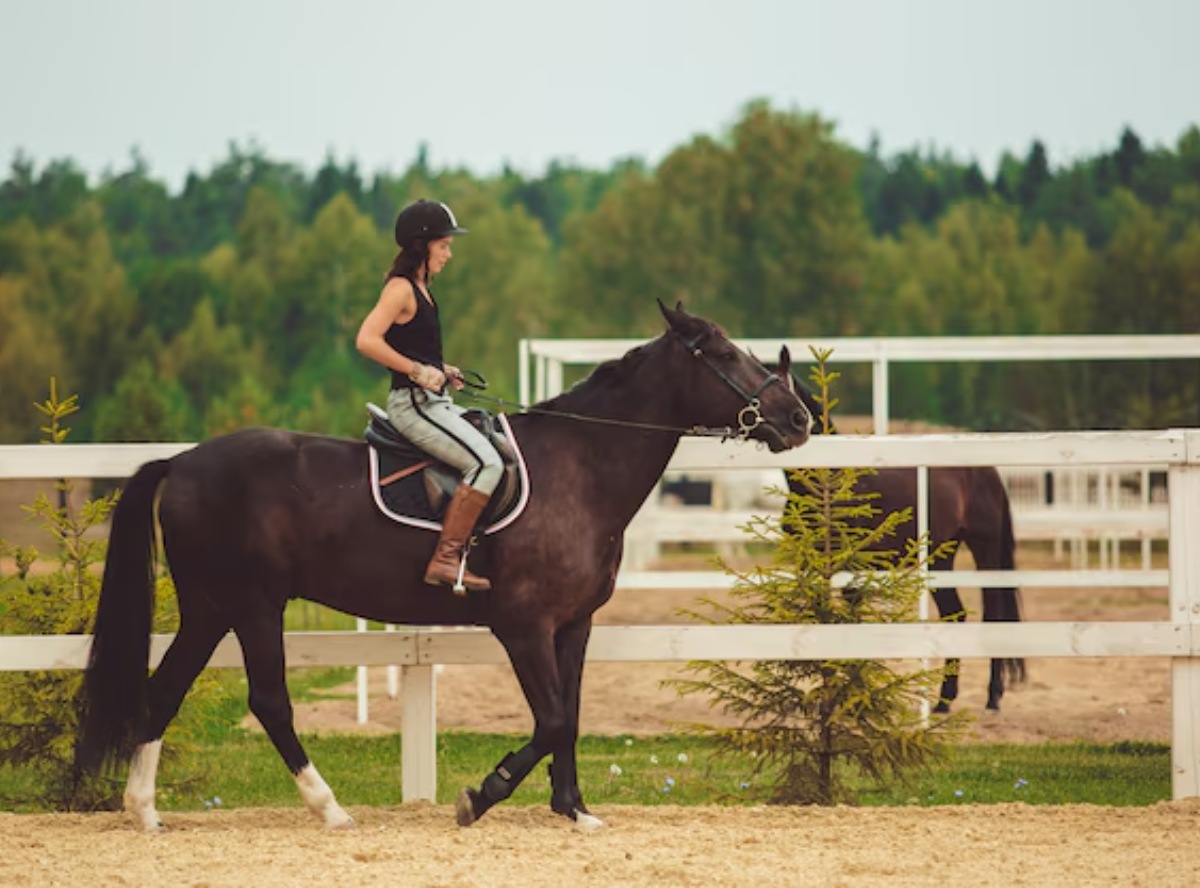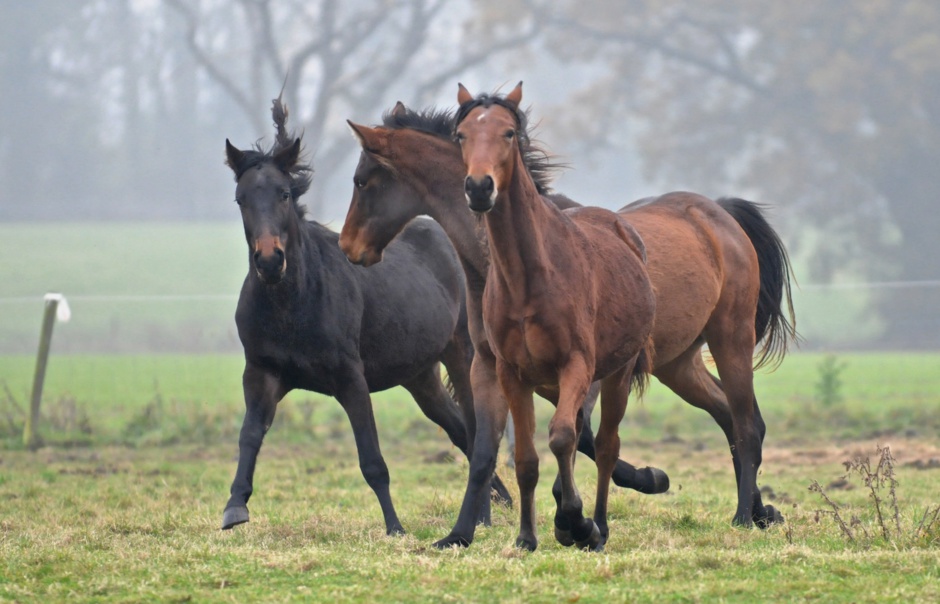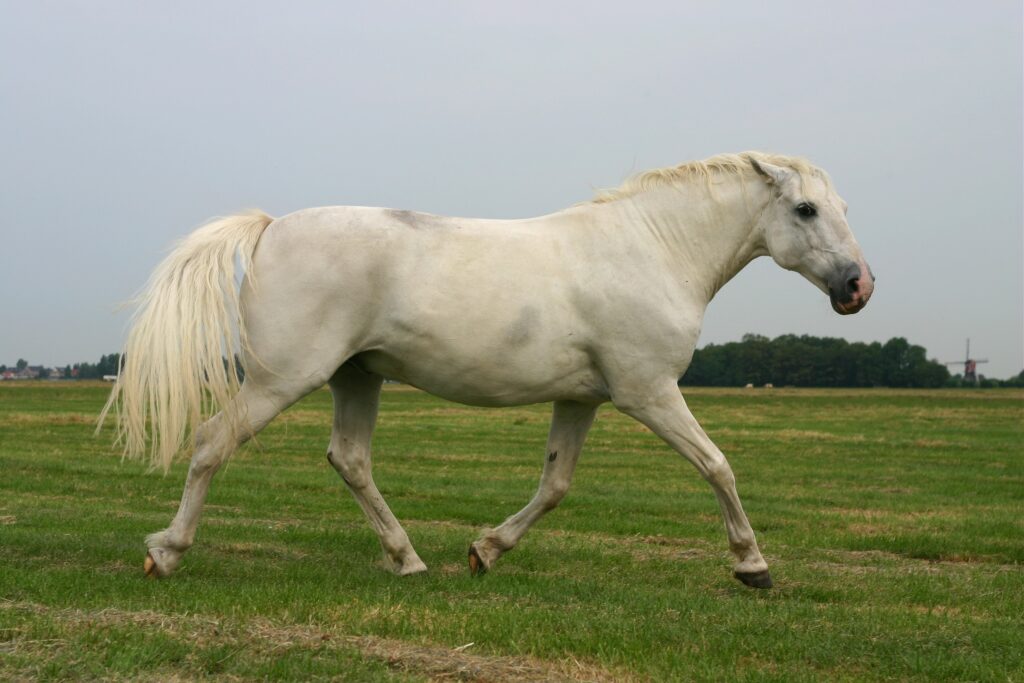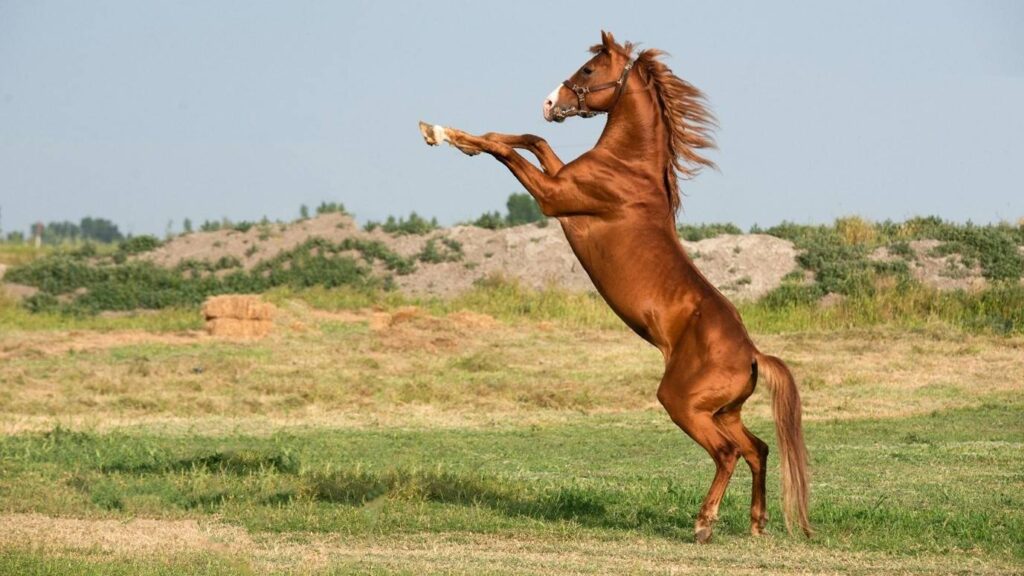Learning horse trick training can be a rewarding experience for both you and your equine companion. This practice not only enhances your horse’s mental stimulation but also strengthens the bond you share. In this article, we will explore various aspects of this exciting journey, from basic commands to advanced tricks.
Before diving into the specifics of horse trick training, it is crucial to understand the importance of patience, consistency, and positive reinforcement. These elements are vital in creating a successful training environment.

Understanding the Basics of Horse Trick Training
Why Train Your Horse in Tricks?
Training your horse in tricks serves multiple purposes. It keeps your horse mentally active and offers a break from routine activities. Moreover, it can enhance your horse’s responsiveness to commands and develop trust between you and your horse.
Choosing the Right Tricks
When beginning with horse trick training, it’s important to select tricks that match your horse’s personality and physical capabilities. Start with simple commands, such as ‘bow’ or ‘shake,’ before progressing to more complex tricks.
Setting the Foundation for Success
Creating a Safe Environment
A safe and comfortable environment is essential for effective training. Ensure that the training area is free from hazards and distractions. This will help your horse focus and learn more efficiently.
Building Trust and Communication
Trust is the cornerstone of any successful training regimen. Establish a connection with your horse by spending quality time together outside of training sessions. This will foster a sense of security and mutual respect.
Essential Techniques for Effective Horse Trick Training
Using Positive Reinforcement
Positive reinforcement is a powerful tool in horse trick training. Reward your horse with treats, praise, or affection when they successfully perform a trick. This encourages them to repeat the behavior in the future. For more insights, consider reading horse positive reinforcement.
Understanding Body Language
A horse’s body language can provide valuable clues about their mood and willingness to engage. Learn to read these signals to tailor your approach accordingly. This will help you address any hesitations or resistance during training.
Consistency and Patience
Consistency and patience are key to successful horse trick training. Establish a regular training schedule and adhere to it. Be patient and avoid rushing the process, as each horse learns at their own pace.
Diving Into Specific Tricks
Teaching Basic Commands
Start with basic commands to build a solid foundation. Tricks like ‘bow,’ ‘nod,’ and ‘come’ are great starting points. These commands are easy to teach and can be built upon in future training sessions.
Intermediate Tricks for Advanced Training
Once your horse has mastered the basics, introduce intermediate tricks such as ‘spin,’ ‘rear,’ or ‘sit.’ These tricks require greater coordination and communication between you and your horse.
Advanced Techniques for Experienced Trainers
For those with more experience, advanced tricks like ‘lay down’ or ‘play dead’ can be taught. Stay committed to refining your techniques and learning from each training experience.
Common Challenges and Solutions
Dealing with Stubborn Horses
Stubbornness can be a significant hurdle in horse trick training. If you encounter resistance, take a step back and assess the situation. Address any underlying issues and adjust your approach accordingly. For more guidance, visit how to deal with stubborn horses.
Overcoming Fear and Anxiety
Horses, like humans, can experience fear and anxiety. Identify the source of their discomfort and work towards resolving it. Gradual exposure and desensitization techniques can be effective in overcoming these challenges.
Maintaining a Positive Training Experience
Celebrating Small Victories
Every success in horse trick training is worth celebrating. Acknowledge and reward your horse’s progress, no matter how small. This boosts their confidence and reinforces their willingness to learn.
Continuous Learning and Improvement
Stay committed to your journey as a trainer by continuously learning and improving your skills. Attend workshops, read books, and seek advice from experienced trainers. This will help you stay updated with the latest training techniques.

FAQs About Horse Trick Training
How long does it take to train a horse in tricks?
The duration varies depending on the complexity of the trick and the individual horse’s learning pace. Simple tricks may take a few sessions, while advanced tricks could require weeks or months of consistent practice.
Can all horses learn tricks?
While most horses can learn tricks, some may be more adept than others. Factors such as breed, age, and temperament can influence their ability to learn and perform tricks.
What should I do if my horse becomes frustrated during training?
If your horse becomes frustrated, take a break and reassess your approach. Ensure that the training sessions are enjoyable and stress-free for both you and your horse.
In conclusion, horse trick training is a delightful and enriching experience for both you and your equine companion. By understanding the basics, employing effective techniques, and maintaining a positive attitude, you can unlock your horse’s potential and create a lasting bond. For additional horse training resources, explore horse training methods.
This article contains affiliate links. We may earn a commission at no extra cost to you.







